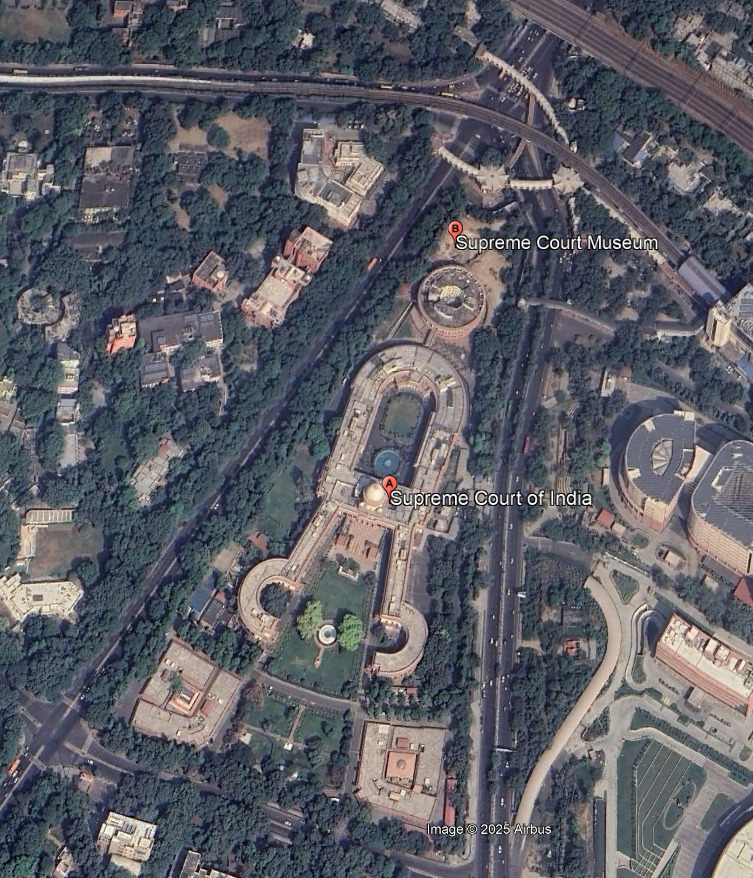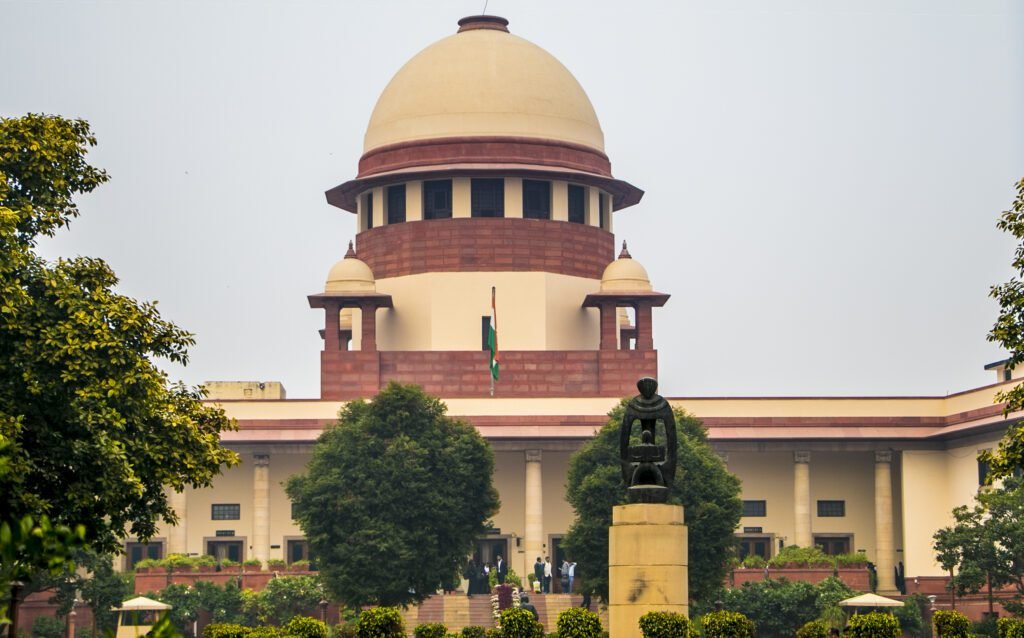
Ganesh Bhikaji Deolalikar (1895–1978) was one of the first prominent Indian architects of the post-independence era. He was the first Indian to serve as Director-General of the Central Public Works Department (CPWD) and is best remembered as the architect of the Supreme Court of India in New Delhi. His work reflects the evolution of Indian architecture in a period of national transition—from the grandeur of colonial classicism to the symbolism of democratic institutions.
Born in Maharashtra in 1895, Deolalikar studied architecture in India and later trained in Europe, where he absorbed the Beaux-Arts tradition of monumental planning and symmetry. On his return, he joined CPWD, rising through its ranks and eventually breaking the long-held British monopoly on the leadership of India’s public works. His appointment as CPWD’s Director-General represented both professional recognition and symbolic empowerment for Indian architects in the nation’s formative years.
Deolalikar’s most important work was the Supreme Court of India, New Delhi (1958). Designed in the symbolic form of a balanced scale of justice, the building features a central wing that houses the Chief Justice’s court, flanked by two lateral wings representing the pans of the scale. The architectural composition balances a classical vocabulary—dome, portico, and colonnades—with adaptations suited to Indian conditions and national identity. Local materials, simplified ornamentation, and symbolic form distinguished the project as one of India’s first monumental post-independence civic structures.



Beyond the Supreme Court, Deolalikar was involved in several significant projects across India. He contributed to the design and execution of government housing colonies in New Delhi, which provided residences for public servants in the capital. These colonies were planned with climatic considerations, including cross-ventilation, shaded verandahs, and landscaped courtyards, and also emphasized community living through integrated open spaces and social amenities. He also designed institutional and administrative buildings in Delhi and other cities, including projects for CPWD that served universities, offices, and government establishments. His work in housing and institutions extended to other states as well, where CPWD undertook projects for the newly independent nation.
Deolalikar’s architectural philosophy emphasized monumentality with restraint, climate responsiveness, and symbolism aligned with national ideals. He believed architecture was a means of nation-building, a view most clearly expressed in his design for the Supreme Court, which embodies democratic values through its very form. Unlike heavily ornamented colonial designs, his buildings relied on proportion, symmetry, and material expression rather than decorative detail.
As Director-General of CPWD, Deolalikar also influenced urban planning in Delhi, shaping residential neighborhoods and institutional layouts in the capital’s formative decades. His guidance helped steer Indian architecture away from purely colonial paradigms, opening avenues for architects who would later define independent India’s modernist identity.
Ganesh Bhikaji Deolalikar’s legacy lies in his ability to adapt classical traditions to Indian contexts while embedding architecture with symbolic meaning for a new republic. His buildings—particularly the Supreme Court of India (New Delhi, 1958), government housing colonies (New Delhi, 1950s–1960s), and various CPWD institutional projects across India—continue to serve their original functions while standing as reminders of India’s architectural transition in the mid-20th century. His work established a foundation for subsequent generations of Indian architects to explore regional modernism and culturally rooted design.
References
- Jain, Rahul. Architecture in India: Post-Independence Developments. New Delhi: Publications Division, Government of India, 1990.
- Lang, Jon T., Desai, Madhavi, and Desai, Miki. Architecture and Independence: The Search for Identity – India 1880 to 1980. Oxford University Press, 1997.
- Supreme Court of India. “History of the Supreme Court.” Official Website: https://main.sci.gov.in
- Central Public Works Department Archives, Government of India.
- Gupta, N. Delhi: The Built Heritage. INTACH, 2001.
Also Read: Kevin Lynch and the Timeless Art of Reading Cities
